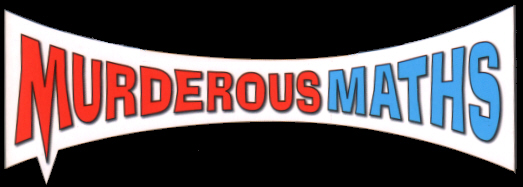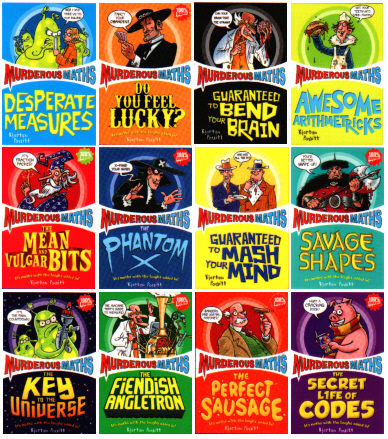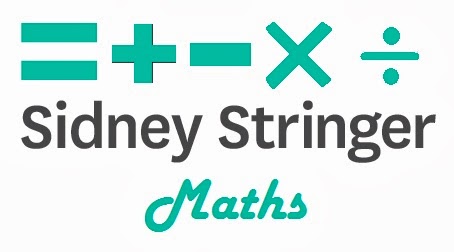There's one word you here quite a lot when my department gets together to discuss teaching and learning: "Concrete".
Pupils need to be given something in a concrete form before moving to the abstract. Then, when misunderstandings come about, you can move back to the concrete until the pupil gets it enough to move back to abstract.
Take, for instance, pie charts. I remember teaching this two years ago and being observed as my NQT observation for that term. Ofsted also happened to be there. Fun times. I was teaching middle-set year 7s how to find angles for pie charts. I taught it in this way:
There are 60 people, and 30 of them travel by bus. So what angle will they be?
Half of the pie, which is 180.
Good, so if 15 travel by car, what angle will that be?
Quarter of the pie, which is 90.
So if 22 people travel by bike, what angle will that be?
Well the fraction is 22 out of 60.
Good, so we want 22 60ths of 360 degrees.
I thought this was quite a natural way of doing it, because pupils can tell straight away the angles for easy fractions like halves, and quarters. I thought extending it to harder fractions would still make sense to them (and the previous chapter was fractions, so they know how to find 22 60ths of a number).
However in my feedback, my boss colleague explained that this method goes abstract too quickly. It isn't concrete, it relies too much on ideas and concepts rather than things that are picturable and practical. (Please excuse my poor literacy. But in my opinion picturable definitely is a word).
The method that was suggested to me was this:
How many people are in the survey?
60.
How many degrees are in a circle?
360.
So if 60 people were all trying to fit around the edge of a circle (mental picture), how many degrees would they get each?
6.
Good, so if 30 people travel by bus, how many degrees would those people take up?
6 x 30 which is..... 180.
I think this method is less natural, more forced. But I can see that it is more concrete than the other method. You can picture the people jostling each other around the circumference, having to squeeze into their 6 degrees. You could even get the students to stand in a circle and make a human pie chart. You can then change this into a formula is you like (the abstract) but then if a student struggles to remember the formula you can then go back to the concrete, because they will always have that as a back-up.
For me, the fraction thing is more intuitive, but I have to remember that I have a maths degree and hence am clearly not normal. My mind works differently from other people's. Maybe the leap from halves and quarters to 22/60 is too much of an abstraction for students, especially year sevens working at level 4.
Which method do you use when teaching pie charts? Have you found one method to be more effective/memorable than the other?
This post was written by Emma Cooke, Sidney Stringer Academy, Coventry










